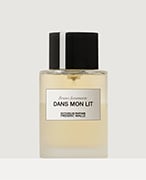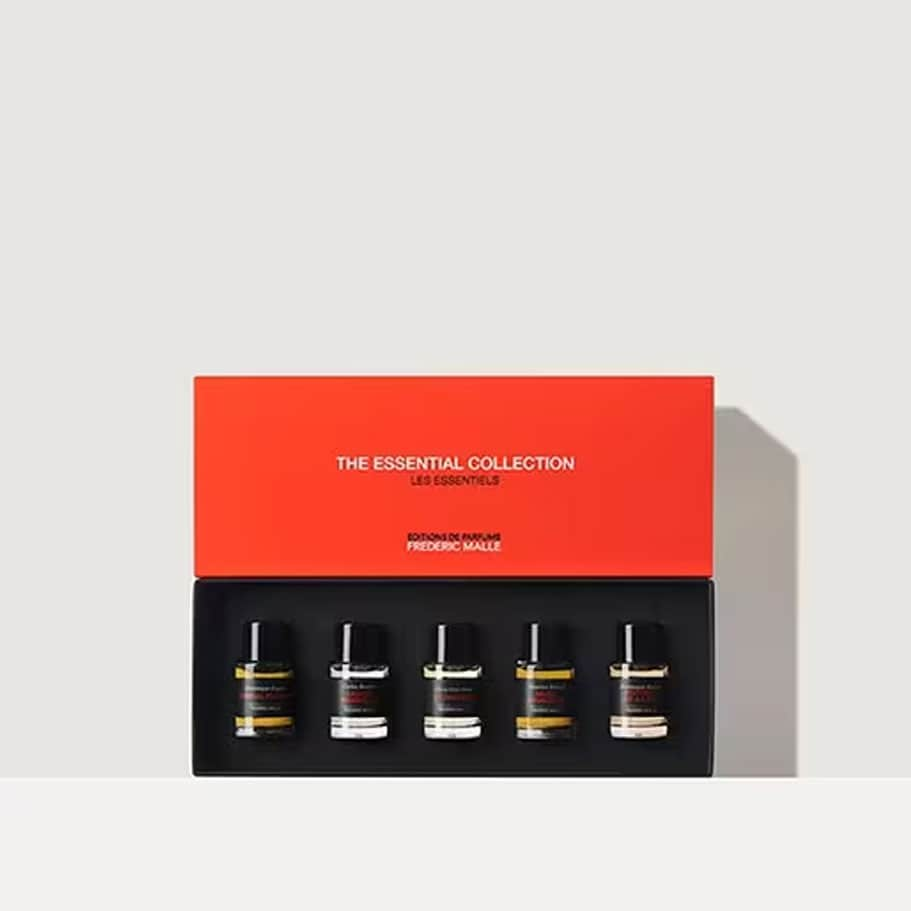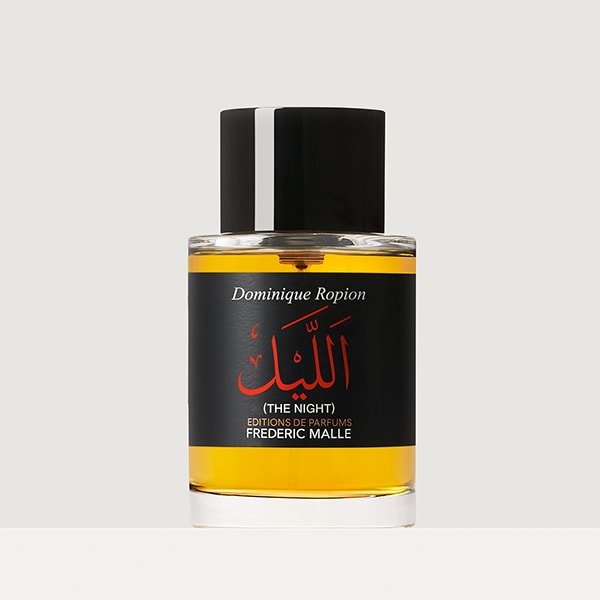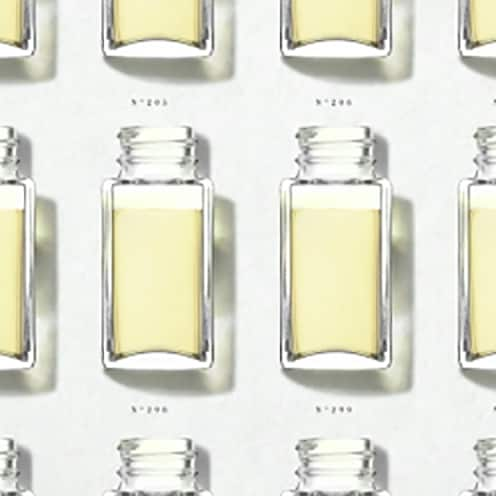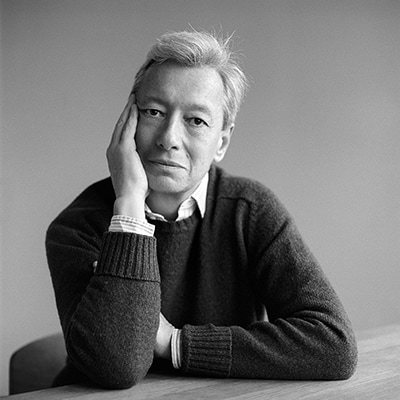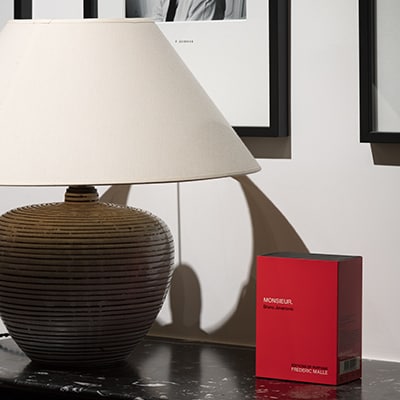Glossary: Raw Materials
Raw materials are commonly referred to as ingredients. A raw material is the substance a perfumer uses to build a perfume formula. Learn more about some of our key materials here:
ALDEHYDES
Aldehydes are organic compounds present in various natural materials, an example is citrus rind. These are synthesized in the laboratory. Their strength imbues floral compositions with brightness, effervescence, and diffusion. Discovered in the early 20th century, they can be found in many perfumes, the most famous being Chanel N°5. The odor profile differs depending on the aldehyde but it can be described as soapy, citrusy, waxy, fizzy, even metallic.
AMBER
RM MUSC RAVAGEUR, VETIVER EXTRAORDINAIRE, DAWN, SUPERSTITIOUS
In perfumery amber is an accord rather than a raw material unto itself. The fossilized tree resin known as Baltic amber used for jewelry is not used in perfumery.
Amber in perfumery consists primarily of natural raw materials like labdanum, frankincense, myrrh, vanilla, ciste, opoponax. The odor profile amber conveys is rich, warm, vibrant, earthy, resinous, sometimes animalic.
AMBROXAN
RM PROMISE, OUTRAGEOUS
A synthetic material from a naturally occurring fragrant chemical compound from sclareol, a component of the essential oil of clary sage. The odor profile is warm, mineral, and slightly sweet.
Ambroxan is a modern amber.
MODERN AMBERS
RM PROMISE, OUTRAGEOUS
These extremely powerful synthetic molecules include Amber Xtreme and Ambroxan among others. Different than the natural resins, these chemicals can build an accord. They are trail strengtheners and increase the power of diffusion. The odor profile is radiant, dry, woody, amber.
ANGELICA
RM ANGELIQUES SOUS LA PLUIE, FRENCH LOVER
An aromatic flowering plant. It belongs to the same family as celery, carrot and parsley. The roots and seeds are used for perfumery. It is sometimes used to flavor gin and liqueurs like Chartreuse. The odor profile is aromatic and bitter.
BASIL
A herbaceous plant from the mint family, with aromatic leaves. The leaves and stems are processed by hydrodistillation, which produces the essential oil. The odor profile is leafy green, aromatic and fresh.
BIGARADE
RM BIGARADE CONCENTREE, COLOGNE BIGARADE
A natural citrus raw material of bitter orange. Bigarade is the French term for bitter orange.
BERGAMOT
RM L’EAU D’HIVER, EAU DE MAGNOLIA, OUTRAGEOUS, COLOGNE INDELEBILE, MUSC RAVAGEUR
A citrus fruit, a hybrid of lemon and bitter orange. The essential oil is produced from the rind. Bergamot has a yellow or green rind. It is used for the citrus flavor Earl Grey tea. Bergamot is used in many classic citrus and amber perfumes due to its ability to ‘lift’ a formula. The odor profile is citrusy, tart and bitter.
BENZOIN
Resin that comes from a tree that grows in South East Asia. Benzoin has a warm and subtle smell with accents of caramel, vanilla and honey. It is traditionally mixed to vanilla and labdanum to create an ambery and soft base.
CASSIE
A natural raw material extracted from the flowers of the Acacia Farnesiana shrub. Cassie is the name of the essential oil of the flowers, it’s related to the other Acacia, Mimosa. Cassie absolute was used in the glory of the French perfumery industry of the 1920’s and 1930’s. It provides mystery and depth in Chanel No. 5 and Guerlain’s Après l’Ondée. The odor profile is sweet, spiced, clove, honeyed, woody with aspects of violet.
CLOVE
RM NOIR EPICES
Clove essential oil is produced from the aromatic buds of a tree in the tropical evergreen family. It is a member of the Myrtle family and related to allspice and eucalyptus. The odor profile is spicy, warm, aromatic, balsamic, woody, medicinal, fruity.
CYPRIOL
The odor profile is powerful, woody, dried, earthy, leathery, animalic, with patchouli and vetiver aspects.
FRANKINCENSE
RM FRENCH LOVER, GERANIUM POUR MONSIEUR, PORTRAIT OF A LADY, THE NIGHT
An aromatic, congealed resinous sap (gum resin) from Boswellia trees. It’s a 20 ft tree with low branches that grows in the arid, rocky climates of the Middle East and East Africa. The odor profile is peppered, balsamic, mineral with a resinous incensey finish. It’s also know as olibanum and al-luban in Arabic, which refers to whiteness and infers purity. See also: Incense.
GALBANUM
An aromatic gum resin produced from the perennial herb Ferula Gummosa. The plant is part of a large family of flowering aromatic plants including fennel, anise, angelica and carrot; it’s primarily found in the Middle East.. The odor profile is deep green, sharp, earthy, rooty, balsamic and metallic. Galbanum greatly contributed to the creation of the ‘Green’ perfume category. A milestone is Vent Vert for Balmain in 1945. Perfumer Germaine Cellier used galbanum in an unprecedented proportion to create an intensity of ‘green’.
GERANIUM
RM ROSE & CUIR, NOIR EPICES, GERANIUM POUR MONSIEUR
A flowering plant commonly known as the cransebills, with over 400 varieties. The essential oil is distilled from the leaves and stems. Cultivated in Egypt, China, Madagascar and the Reunion Islands. The odor profile is floral aromatic rose, minty, leafy green.
HEDIONE
An aroma chemical coming from nature found in the deconstruction of the molecular make up of jasmine’s heady scent, capturing the transparent, airy part of jasmine. Hedione can add presence and diffusion. It was used for the first time by Edmond Roudnitska in Eau Sauvage for Christian Dior in 1965. The odor profile is light, transparent jasmine with citrus freshness.
HELIOTROPE
RM L’EAU D’HIVER, DANS TES BRAS
A flower with a soft powdery like smell. This scent cannot be obtained through classical extraction methods. To convey this scent, “noses” us a synthetic material: heliotropine.
HELIOTROPINE
INCENSE
RM MONSIEUR .
An aromatic plant based material that release fragrant smoke when burned. In perfumery, incense is also used as an alternative term for frankincense. In antiquity, burning incense conveyed prayers to the gods and was used in religious rites and important ceremonies. Incense can be composed of various materials like frankincense, myrrh, benzoin, opoponax, sandalwood. The odor profile is woody, peppered, smoky, pine, mineral, resinous.
IRIS – ALSO ORRIS
Iris is a flowering plant with over 300 varieties. The roots, not the flower is used in perfumery. The iris root system are rhizomes, specifically referred to as orris in Iris species. Cultivated in Italy, France, China, Morocco, the roots are underground for three years, then when harvested the fresh roots mature and dry, and let the aroma molecules develop for a minimum of two years before distillation. This careful process makes it one of the costliest natural raw materials. Approximately one acre yields 2 tons of orris rhizomes, which creates 4kg of orris concrete which makes 1 kg of orris absolute. The odor profile is rich, floral, woody, long lasting powdery note. There are characteristics of green violet.
JASMINE
RM SUPERSTITIOUS, LE PARFUM DE THERESE
A flowering plant from the olive family with small pure white star shaped flowers. Cultivated in India, Morocco, Egypt and France the flowers are processed to produce an absolute. One acre yields 5 tons of flowers. Each ton of flowers produces 2.5 kg of concrete. The odor profile is distinct, its sweet odor is opulent, floral fruity, petaly green, warm, spicy with animalic nuances that give women’s perfumes sensuality.
LABDANUM
A sticky brown resin obtained from the shrub Cistus ladanifer, a species of rockrose. With high temperatures, the plant opens and covers itself with a fragranced resin that gives the cistus a unique amber-like smell. The odor profile is amber, resinous, warm, and leathery.
LILY OF THE VALLEY
See Muguet
MAGNOLIA
RM JURASSIC FLOWER candle, EAU DE MAGNOLIA
Magnolia is large genus with over 200 species. Magnolia trees produce fragrant white or pink flowers. Magnolia is an ancient genus from about 95 million years ago, adapting throughout the continental drift and ice age. The Magnolia grandiflora is a tree native to the southeast United States and is an evergreen with tree with large dark green, waxy looking leaves and large white flowers. The flowers exude a citrusy, lemon fragrance. For the grandiflora scent, perfumers use Headspace analysis to reconstruct the flower’s odor since essential oils cannot be obtained from the flowers. The odor profile of the grandiflora is fresh, lemon, citrus.
MUGUET
The French term for Lily of the Valley. It is a woodland flowering plant with highly fragrant small, white bell shaped flowers. It is a symbol of good luck and a traditional gift on the 1st of May in France heralding the return of happiness, and a token of prosperity for year ahead. In perfumery the scent is recreated through synthetics since essential oils cannot be obtained from the flowers. Headspace is used today to create a striking likeness. The odor profile, is floral, watery, green, facets of jasmine.
NEROLI
RM SALE GOSSE
An essential oil obtained from the blossoms from the bitter orange tree, bigarade. It is extracted by steam distillation by freshly picked blossoms. Orange Blossom absolute comes from the same blossoms but is obtained by solvent extraction. The outcome of each differs in smell. Neroli being a fresh orange blossom note, clean and greener and orange blossom absolute being more heady, jasmine like, deep, warm and sensual. The odor profile of neroli is fresh orange blossom, clean, with an orange flower water effect.
OAK MOSS
RM DAWN, EAU DE MAGNOLIA
Grown on the trunk and branches of oak trees, oak moss is found in moist, shady locations, best known species carpet woodland and forest floors in North America and Europe. The odor profile is woody, marine, dry, earthy.
OUD (OUDH IN ARABIC)
Oud comes from the wood of a tall evergreen tree of the genus Aquilaria agallocha. This tree is native to South East Asia and Northern India. If a tree is attacked with a specific fungus, it attacks the pathogen by producing a dark, fragrant resin which embeds in the trunk and roots creating a heavy resinous heartwood. That heartwood is called agarwood. Oud is distilled from the agarwood. The scent profile is dark, rich, opaque, animalic and woody. Traded from India to the near east since antiquity, it was known as one of the precious fragrant balms called ‘aloes’. Pure oud oil is one of the most precious and expensive raw materials, the cost largely depends on its origin and purity.
PATCHOULI
RM EAU DE MAGNOLIA, FRENCH LOVER, UNE ROSE, MONSIEUR ., PORTRAIT OF A LADY, PROMISE, LE PARFUM DE THERESE, NOIR EPICES
Originating in India, it is a bushy herb of the mint family, reaching around 2.5 ft in height and bearing small, pale pink-white flowers. The scent profile has a woody, dry, earthy tone.
SANDALWOOD
RM IRIS POUDRE, GERANIUM POUR MONSIEUR, PORTRAIT OF A LADY, THE NIGHT, UNE FLEUR DE CASSIE, DANS TES BRAS, MUSC RAVAGEUR, NOIR EPICES
Sandalwood is a small tropical tree, native to India, Indonesia, and the Malay Archipelago. The smell is soft and smooth and has tenacity. It was one of India’s earliest export commodities, it was highly valued in the Near and Far East. The scent was said to induce the calm sought by all the spiritualities of India. The odor profile is milky, creamy, with a mellow woody note.
SALICYLATE
Salicylates are molecules contained in many white flowers (jasmine, lily…). They are used in perfumery to give sunny reflections to a composition.
TUBEROSE
A night-blooming plant with fragrant white flowers native to Mexico. The white flowers are cultivated in India. The flowers must be picked while still tightly furled in the bud, in early in the morning to protect the natural oils from dissipating. Tuberose has a rich and complex smell, almost narcotic. The odor profile is opulent, creamy floral green with a camphor like note. Tuberose is not in the rose family.
ROSE
RM UNE ROSE, PORTRAIT OF A LADY, THE NIGHT, PROMISE, DAWN, LIPSTICK ROSE, SUPERSTITIOUS, LE PARFUM DE THERESE, SALE GOSSE
Rose is a woody flowering shrub. Similar to wine, the earth in which it grows influences the fragrance of the flower, giving it a fruitier, a spicier, or perhaps a more citrusy smell depending on the area of cultivation. There are two types of roses used in perfumery, Damascena and Centafolia. (Rose de Mai is Centalfolia.) Turkish and Bulgarian rose are the most widely used and both are from the species Damascena. The odor profile is spiced, wine-like, honeyed, and slightly earthy qualities.
VETIVER
RM ROSE & CUIR, UNE ROSE, SUPERSTITIOUS, LE PARFUM DE THERESE
A perennial bunchgrass native to India. The roots are used dry, they are cut between two and three years of age. Premium qualities come from Haiti and Java. The scent profile is smoky and has a humid earthiness, with green, woody, dry, fruity and spicy notes.
WHITE MUSK
RM SALE GOSSE, COLOGNE INDELEBILE, ANGELIQUES SOUS LA PLUIE, EN PASSANT, DANS TES BRAS, LIPSTICK ROSE
A synthetic raw material whose notes are clean and cottony, that appeared in the 1960s. It is also very long-lasting and comfortable. Made popular by softeners, white musks are moreover employed in many modern perfumes, to convey an impression of softness and to make a composition long-lasting. The odor profile is very soft, sweet, powdery, warm with animal tones.
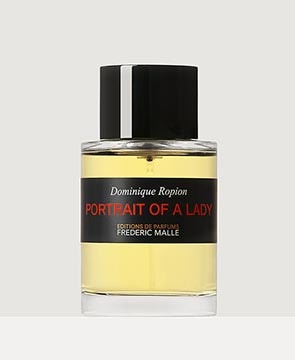
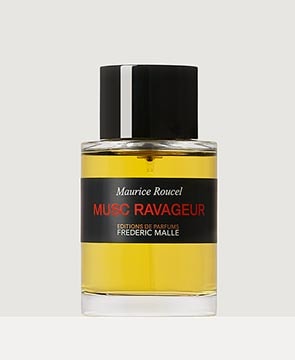
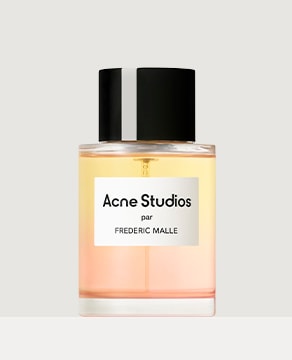
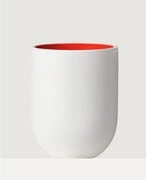
 (1).jpg)
